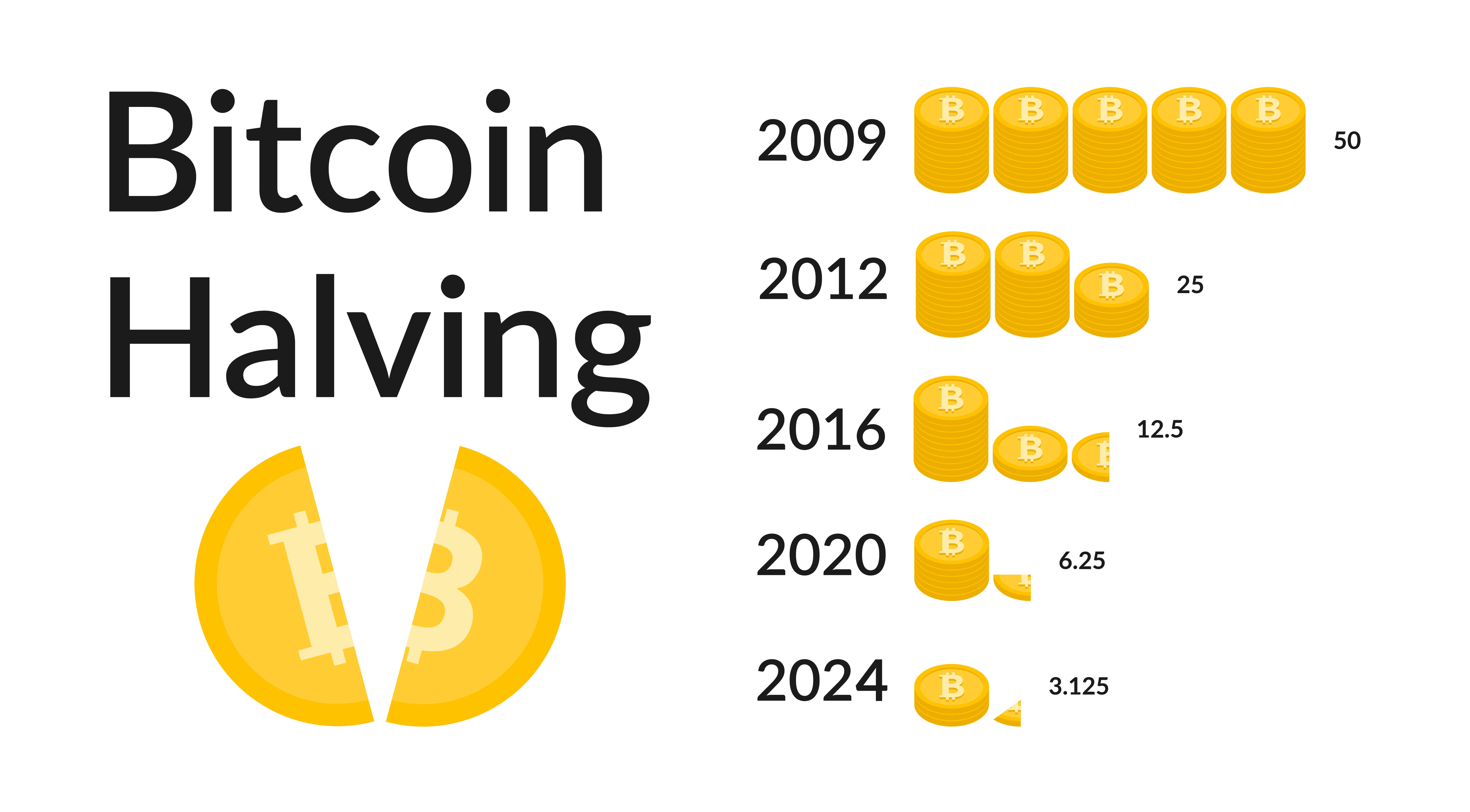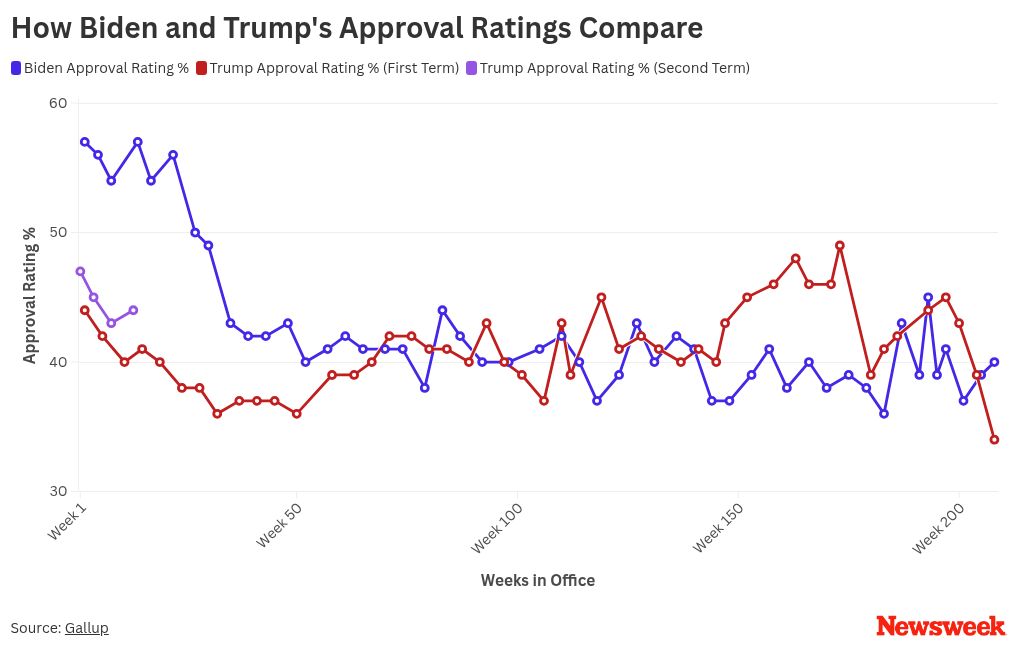The Race To Fix Air Traffic Control: Addressing The "I Don't Know Where You Are" Problem

Table of Contents
The Current State of Air Traffic Control: Challenges and Limitations
The current air traffic management infrastructure struggles to meet the demands of the 21st century. Several key limitations hinder its effectiveness and contribute to safety concerns.
Outdated Technology
Many ATC systems still rely heavily on radar technology, a system developed decades ago. While radar has been instrumental in air traffic management, its limitations are increasingly apparent.
- Lack of accurate altitude information: Radar struggles to provide precise altitude data, especially for aircraft at higher altitudes or in complex terrain.
- Susceptibility to interference: Weather conditions, ground clutter, and other electromagnetic interference can significantly impact radar's accuracy and range.
- Inability to track smaller aircraft: Radar may not effectively detect and track smaller aircraft, such as general aviation planes, posing safety risks.
These limitations directly translate into consequences like increased flight delays, near-miss incidents, and higher fuel consumption due to inefficient routing. Improved air traffic management is essential to mitigate these issues.
Communication Gaps
Effective communication is paramount in air traffic control. However, current systems often fall short.
- Language barriers: Inconsistencies in communication protocols and language barriers can lead to misunderstandings between controllers and pilots from different countries.
- Reliance on voice communication: The primary reliance on voice communication is susceptible to human error, misinterpretations, and limitations in complex scenarios.
- Potential for human error: The sheer volume of information processed by air traffic controllers increases the risk of human error, which can have severe consequences.
These communication gaps directly impact both safety and efficiency, highlighting the need for more robust and reliable communication systems.
Increasing Air Traffic Volume
The exponential growth in air travel worldwide places an immense strain on existing ATC infrastructure.
- Increased congestion: Airports and airspace are becoming increasingly congested, leading to delays and increased fuel burn.
- Higher risk of collisions: Higher traffic density significantly increases the risk of mid-air collisions, underscoring the need for improved separation and conflict resolution.
- Greater strain on existing infrastructure: Current systems are struggling to handle the ever-increasing number of flights, leading to bottlenecks and operational inefficiencies.
Without significant modernization, the existing air traffic management system will continue to struggle to cope with the increasing demands of air travel.
Technological Advancements for Air Traffic Control Modernization
Fortunately, significant technological advancements are transforming air traffic management. These innovations offer the potential for a more precise, efficient, and safer system.
ADS-B (Automatic Dependent Surveillance-Broadcast)
ADS-B is a game-changer in air traffic control. It uses GPS and satellite-based technology to provide more precise and real-time location data.
- Increased accuracy: ADS-B offers significantly higher accuracy in determining aircraft position compared to radar.
- Wider coverage: ADS-B provides broader coverage, especially in areas with limited radar infrastructure.
- Reduced reliance on ground-based radar: With increased reliance on ADS-B, the system becomes less dependent on ground-based radar, which enhances resilience and accuracy.
ADS-B works by broadcasting the aircraft's position, altitude, speed, and other relevant data directly to ground stations, significantly enhancing situational awareness. However, it's crucial to note that it relies on GPS, which has its limitations in areas with poor satellite coverage.
Data Fusion and Analytics
Data fusion techniques are becoming increasingly important in modern air traffic control. This involves integrating data from various sources like ADS-B, radar, weather data, and other sensors to create a more comprehensive picture of the airspace.
- Improved prediction capabilities: Data fusion allows for more accurate predictions of potential conflicts and delays.
- Optimized flight paths: By analyzing vast datasets, systems can optimize flight paths to reduce fuel consumption and travel time.
- Proactive collision avoidance: Real-time analysis can identify potential collisions and allow for proactive interventions.
Artificial intelligence (AI) and machine learning (ML) are critical components of this process, enabling faster and more accurate decision-making. Next-generation ATC systems will heavily rely on these techniques.
Next Generation Air Transportation System (NextGen)
NextGen is a comprehensive initiative in the United States aimed at modernizing air traffic management. Its goals include:
- Improved trajectory-based operations: Shifting from current procedural-based operations to more flexible trajectory-based operations allows for more efficient routing.
- Reduced delays: NextGen aims to significantly reduce air traffic delays through more efficient airspace management.
- Better fuel efficiency: Optimized flight paths and reduced delays contribute to improved fuel efficiency.
While NextGen is a U.S. initiative, its principles and technologies are widely applicable and influence global efforts towards air traffic control modernization.
Systemic Changes Necessary for Effective Air Traffic Control Modernization
Technological advancements alone are not sufficient. Significant systemic changes are also needed for effective modernization.
Collaboration and Standardization
International cooperation is crucial for successful air traffic control modernization. Standardization is key to ensuring interoperability between different ATC systems.
- Interoperability between different ATC systems: Systems must be able to seamlessly exchange data and communicate effectively across national borders.
- Data sharing agreements: International agreements are needed to facilitate the secure and efficient sharing of critical air traffic data.
- Harmonized regulations: International standards and regulations are necessary to ensure a consistent and safe operating environment.
Achieving global consensus and collaboration presents significant challenges, but it's vital for creating a truly modernized, interconnected global air traffic management system.
Investment in Infrastructure
Substantial investment is required to upgrade ground infrastructure and training for air traffic controllers.
- Modernizing communication networks: Investing in advanced communication networks is crucial for reliable and high-bandwidth data transmission.
- Deploying new technologies: Investing in and deploying new technologies like ADS-B and data fusion systems is essential for improving efficiency and safety.
- Providing advanced training programs: Training air traffic controllers on the new technologies and procedures is vital for effective implementation.
These investments require significant financial resources, necessitating collaboration between governments, aviation authorities, and private industry.
Cybersecurity Considerations
Modernized ATC systems are increasingly reliant on interconnected digital systems, making cybersecurity paramount.
- Data integrity: Ensuring the integrity and accuracy of the data transmitted and processed is crucial for safety.
- System resilience: The system needs to be resilient to cyberattacks and failures, ensuring continued operation even under duress.
- Protection against cyberattacks: Implementing robust security measures to protect against cyberattacks is non-negotiable.
A successful cyberattack on an ATC system could have catastrophic consequences, emphasizing the need for proactive and comprehensive cybersecurity measures.
Conclusion
Modernizing air traffic control is not merely a technological upgrade; it’s a crucial step towards enhancing the safety and efficiency of global air travel. Addressing the "I don't know where you are" problem requires a multifaceted approach encompassing technological advancements, international collaboration, and substantial investment. By embracing innovations such as ADS-B, data analytics, and robust cybersecurity measures, we can move towards a future where air traffic management is more precise, efficient, and secure. Let's accelerate the race to fix air traffic control and ensure a safer sky for everyone. Invest in air traffic control modernization today – it's an investment in the future of safe and efficient air travel.

Featured Posts
-
 Open Ai Ditches For Profit Board Control Plan
May 07, 2025
Open Ai Ditches For Profit Board Control Plan
May 07, 2025 -
 Lets Get On That Why John Wick 5 Needs A Keanu Reeves Team Up
May 07, 2025
Lets Get On That Why John Wick 5 Needs A Keanu Reeves Team Up
May 07, 2025 -
 Legenda N Kh L Po Silovym Priemam Zavershaet Kareru
May 07, 2025
Legenda N Kh L Po Silovym Priemam Zavershaet Kareru
May 07, 2025 -
 Ontario Budget Key Changes To Manufacturing Tax Credits Explained
May 07, 2025
Ontario Budget Key Changes To Manufacturing Tax Credits Explained
May 07, 2025 -
 Simone Biles South African Honeymoon Photos Revealed
May 07, 2025
Simone Biles South African Honeymoon Photos Revealed
May 07, 2025
Latest Posts
-
 Bitcoins Future Analyzing The Potential Impact Of Trumps Economic Agenda
May 08, 2025
Bitcoins Future Analyzing The Potential Impact Of Trumps Economic Agenda
May 08, 2025 -
 Bitcoin Price Prediction 2024 Will Trumps Policies Affect Btc
May 08, 2025
Bitcoin Price Prediction 2024 Will Trumps Policies Affect Btc
May 08, 2025 -
 Trumps 100 Day Economic Plan Impact On Bitcoin Price
May 08, 2025
Trumps 100 Day Economic Plan Impact On Bitcoin Price
May 08, 2025 -
 Bitcoin Price Prediction Can Trumps 100 Day Speech Push Btc Past 100 000
May 08, 2025
Bitcoin Price Prediction Can Trumps 100 Day Speech Push Btc Past 100 000
May 08, 2025 -
 Bitcoin Price Navigating A Critical Juncture And Important Support Resistance
May 08, 2025
Bitcoin Price Navigating A Critical Juncture And Important Support Resistance
May 08, 2025
